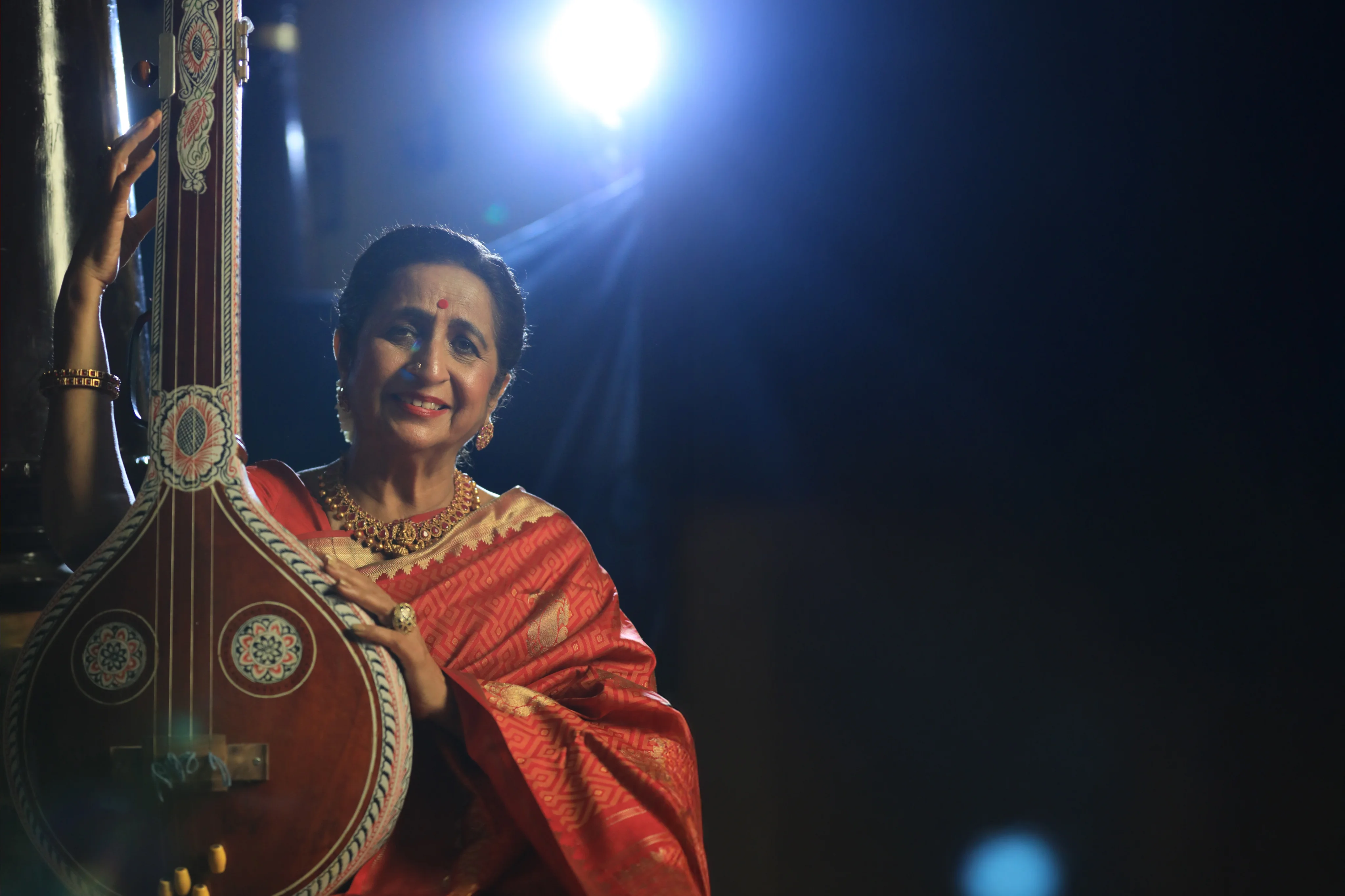India has been home to one of the most profound musical traditions in the world, with each state proudly boasting a unique musical art form. Amongst them is one of the most prominent music genres–Carnatic music or Karnataka Sangitham, which has now etched a unique space in the global musical landscape. These structures, divided into ‘ragas’ and ‘talas’ are often rooted in the oldest realisations of Indian music, and are designed to transmit a deeper spiritual meaning. However, between traditions, there are differences in ragas, based on how they are realised, and how they are arranged. To get a deeper understanding of this rich and complex tradition, in this blog, we will deep dive into the intricate world of Carnatic music and understand how tradition and spirituality come together and create something magical with every note.
The Origins of Carnatic Music
The origins of this musical tradition are unclear and debated by music experts. What we do know is that it traces its roots back to the Samaveda, in which you can find the earliest framework of melodies still in use. However, experts believe that traditional hymns went back even further and were chanted in simple melodic patterns. These were codified later on, marking the beginning of classical Carnatic music.
The next major revival of classical Carnatic music happened due to the influence of the ‘Bhakti’ movement. It is generally accepted that the stronger devotional aspects of this musical tradition are a result of this movement that flourished between the 7th and 14th centuries AD. Saints, devadasis and poets, including the Alvars, the Isai Vellalars and the Nayanars, started composing in their respective languages to express their devotion to their deities. These hymns set to specific ragas played a central role in temple worship across South India and now serve as the foundation of Carnatic music.
The most recent revival came in the late 18th and 19th centuries, which marks the golden age of Carnatic music. This is the time when, owing to the nationalist movement budding in our country, this art form was taken out of temples and brought into the concert halls, open to everyone. This era is majorly shaped by three prominent individuals: Tyagrajan, Muthuswami Dikshtar, and Syama Sastri, fondly known as the trinity of Carnatic music.
The Core Elements of Carnatic Music
The Carnatic music tradition has evolved for at least 2 millennia before winning the hearts of performers and audiences worldwide in our time. This incomprehensible timeframe has given rise to many core elements that have evolved along with time, traditions and technology. The distinct structure, beauty, and complexity of this art form shape the way Carnatic music is performed and understood. Here is a brief look at the core elements of Carnatic Music.
- Raga
At the core of Carnatic music lies the idea of the “raga.” A raga is said to be a set of musical notes that provides musicians with a framework within which to create melodies and improvise. Each raga mixes notes in a special way that is meant to express different feelings and moods. There are rules for each raga about how to play the notes, including how to go up (arohana) and down (avarohana) in scales. There are many ragas in Carnatic music, and each one has its own unique style, making these ragas very important in shaping the emotions of a song.
- Tala
Tala is a way to maintain rhythmic cycles in Carnatic music. It served as a type of timekeeping that helps musicians know when to play their notes. A tala can be easy or hard to actuate and consists of a specific number of beats, called matras which are further arranged in groups that repeat. Some of the more common talas are the Adi Tala, which has 8 beats, and the Rupaka Tala, which has 3 beats. Along with these, there are many others with different rhythmic patterns, and this rhythm is extremely important in Carnatic music because it gives a steady background for musicians to improvise and perform.
- Kriti
The kriti or the compositional form, is one of the most important elements in Carnatic music. These compositions are often devotional and are generally dedicated to the various gods and goddesses of the subcontinent. Traditionally, these ‘kritis’ have distinct opening, middle and closing sections. These are referred to as Pallavi, Anupallavi and Charanam, each serving its purpose. These sections are also often interwoven with improvisations where performers can bring their unique signature, called Mudra to every piece.
- Shruti
Shruti in the Carnatic context refers to the pitch or humm that forms the base of the melody piece. In the broader context of Indian classical music, ‘sruti’ is the sound of the universe, which inherently contains all existing sounds, phrases, and sentences. Channelling this into the performance generally requires a tambura or an electronic shruti box. This can create a continuous and steady pitch against which a musician can play and perform.
- Bhava
Lastly, the “bhav” or the emotion, is often said and considered to be the soul of Carnatic music. The bhava might range from love and devotion to longing and even anger or spite. Multiple predefined rules dictate the expression of a bhava with perfection in classical music. Seasoned Carnatic musicians can easily connect with the audience by carefully selecting and manipulating the combination of ragas, talas and lyrics to create the required bhava.
Conclusion
To conclude, a journey into the heart of Carnatic Music is an exploration of the cultural richness of South India. There seems to be a timeless appeal to the hymns and tunes of this rich tradition, mastering which often takes generations. If you want to learn more about Carnatic music and wish to blend the melodic and rhythmic structures yourself, then you can take a look at the Carnatic music courses curated by us. Our Carnatic music program faculty head is the world-renowned Carnatic singer and maestro–Aruna Sairam. She was awarded the Padma Shri by the government of India for her consistent efforts in popularising Carnatic music. She helped design every aspect of our classical Carnatic music classes, which, in combination with scientific voice development, can help you quickly grasp and polish your skills.
Learn Carnatic music online and book a free one-on-one trial session today to take the first step towards mastering Carnatic music.
















